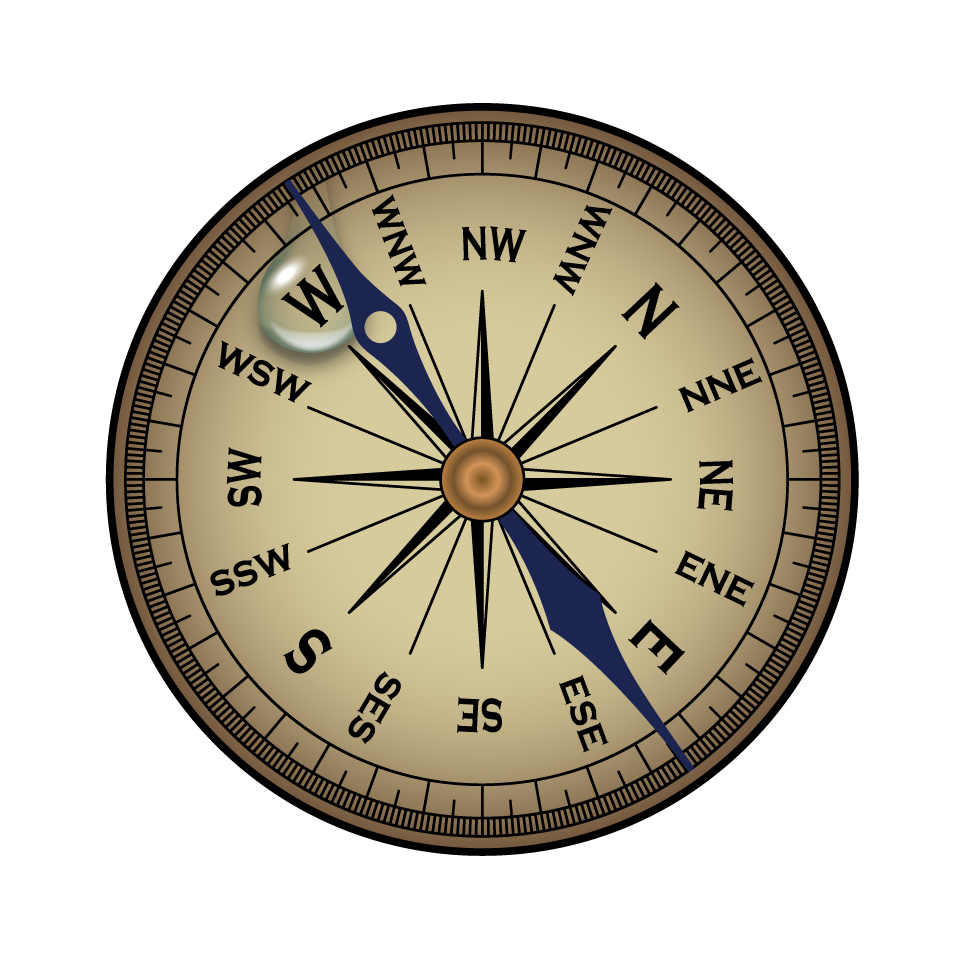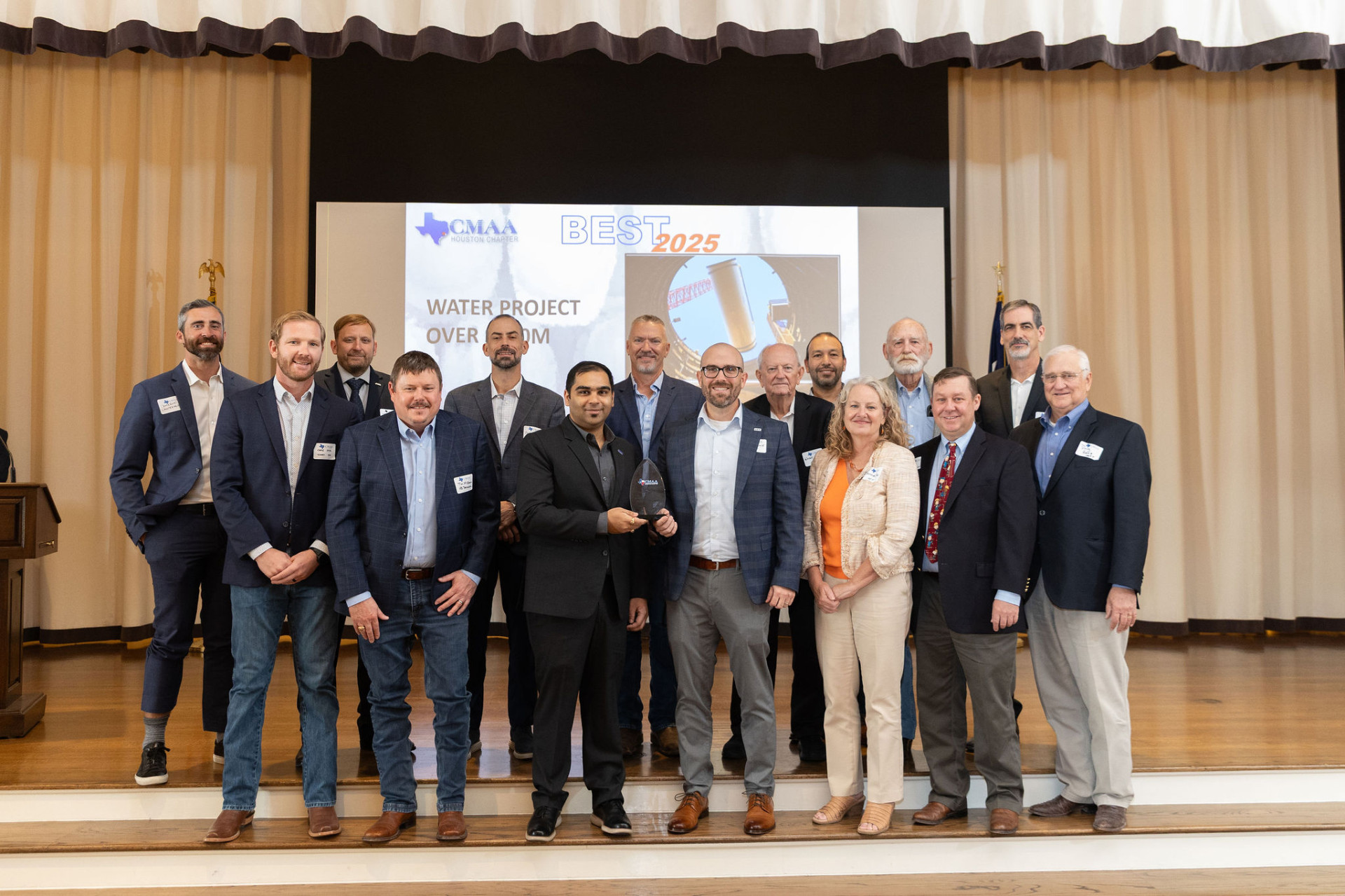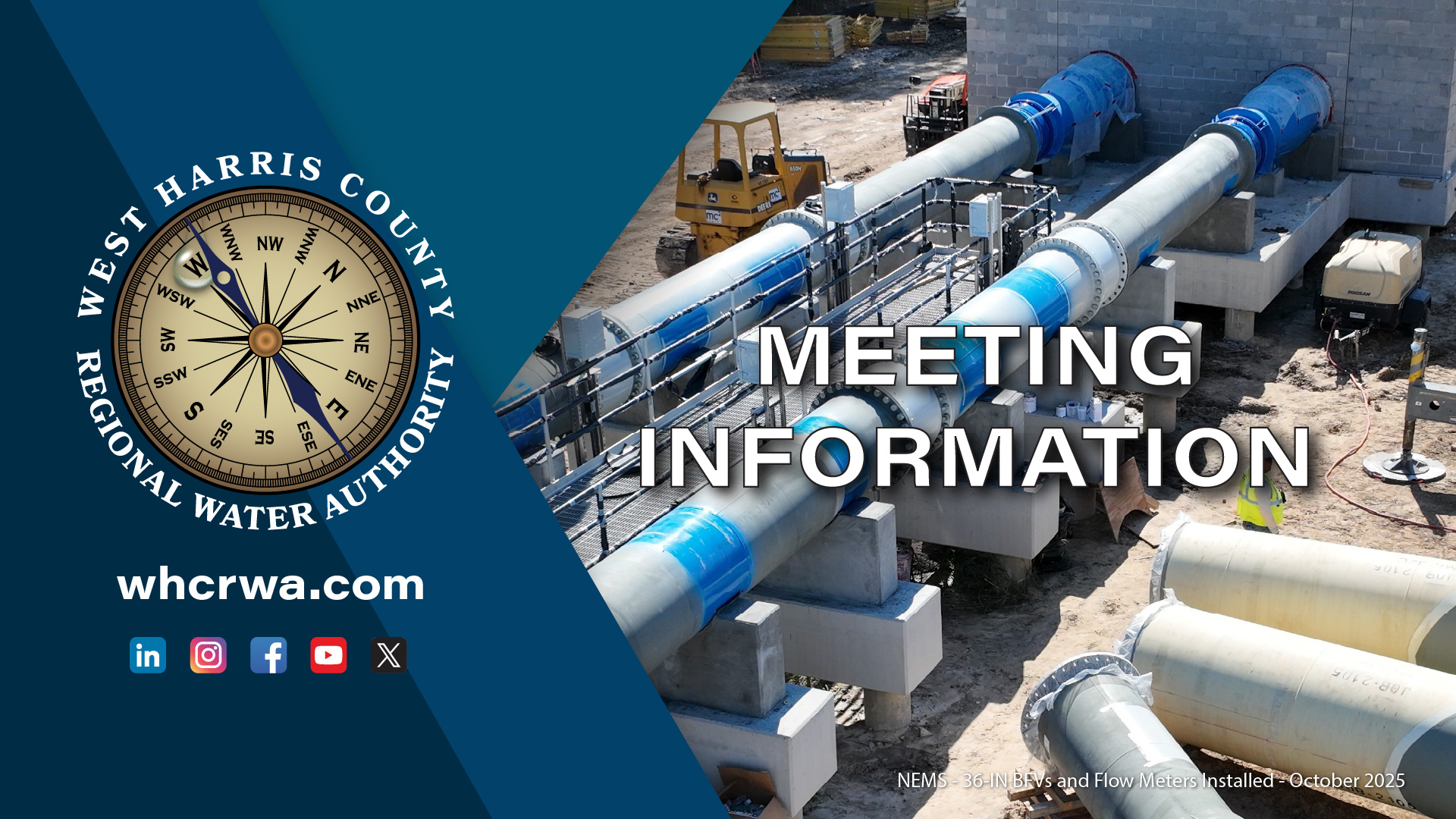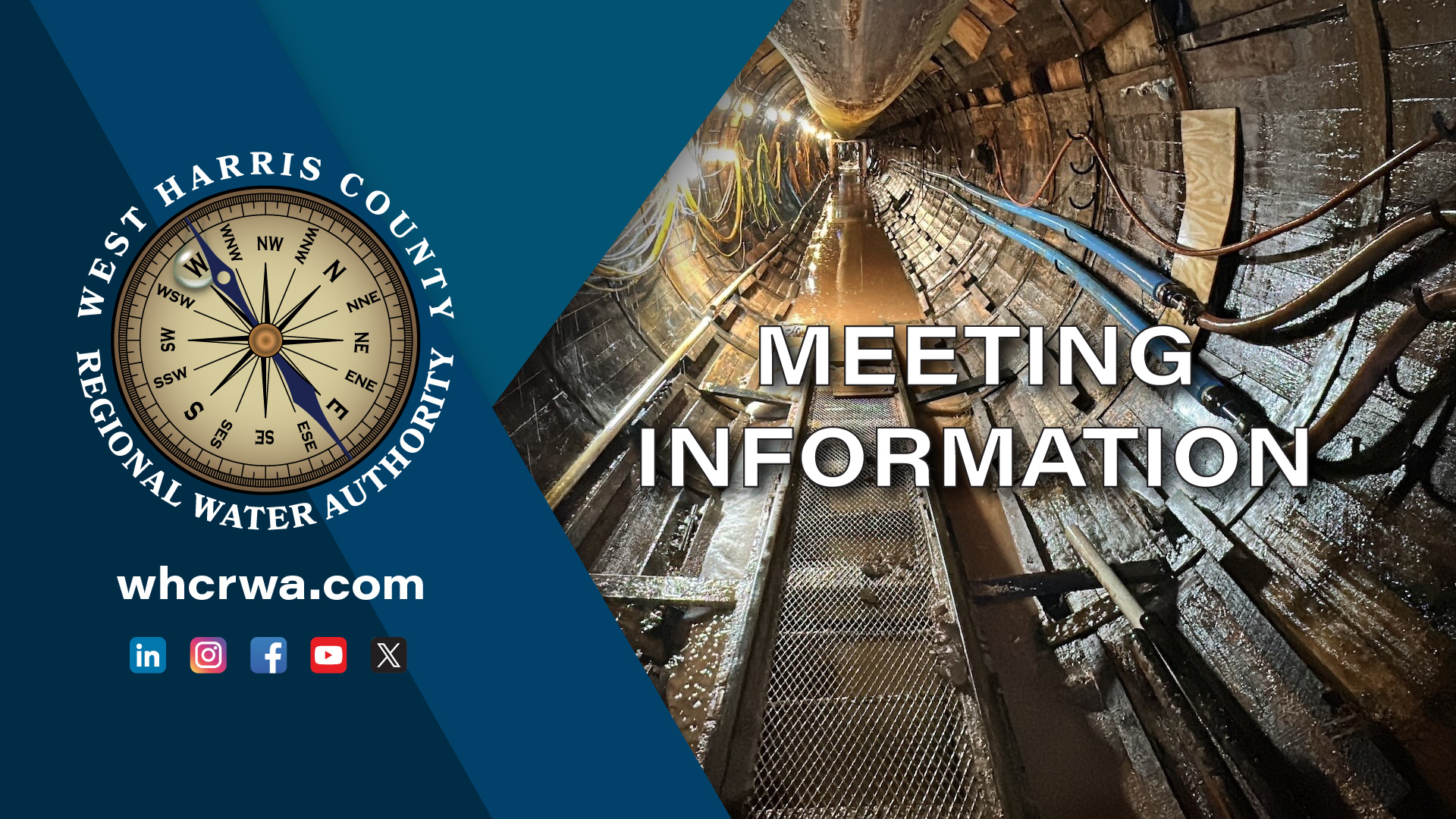How it started…
In 1975, the Harris-Galveston Subsidence District (HGSD) was created by the Texas Legislature and given the power to restrict groundwater withdrawals in coastal counties as a method of minimizing subsidence and helping the aquifers recharge.
The HGSD’s 1999 Regulatory Plan – which applied to the north and northwest parts of Harris County for the first time — required phased conversion from groundwater to surface water (water from lakes and rivers) — 30% by 2010; 60% by 2025; and 80% by 2035.
Reasoning that it would be virtually impossible for an individual municipal utility district (MUD) or small city to accomplish this challenge on their own, the Texas Legislature created the West Harris County Regional Water Authority (WHCRWA) in 2001 to comply with HGSD’s surface water conversion mandates.
How it started…
In 1975, the Harris-Galveston Subsidence District (HGSD) was created by the Texas Legislature and given the power to restrict groundwater withdrawals in coastal counties as a method of minimizing subsidence and helping the aquifers recharge.
The HGSD’s 1999 Regulatory Plan – which applied to the north and northwest parts of Harris County for the first time — required phased conversion from groundwater to surface water (water from lakes and rivers) — 30% by 2010; 60% by 2025; and 80% by 2035.
Reasoning that it would be virtually impossible for an individual municipal utility district (MUD) or small city to accomplish this challenge on their own, the Texas Legislature created the West Harris County Regional Water Authority (WHCRWA) in 2001 to comply with HGSD’s surface water conversion mandates.
10
Things you need to know about your future water supply.
10
Things you need to know about your future water supply.
Keeping the cost of water as low as possible
The WHCRWA Board of Directors continues their commitment to keeping the cost of water as low as possible and to keeping the periodic rate increases reasonable and consistent with that commitment. Projecting rates is a complex process due to unpredictable economic conditions and fluctuating construction and labor costs. Increasing the WHCRWA fee steadily and in smaller amounts has helped to avoid sharp increases in the charges over the years and has assisted its wholesale customers plan for gradual rate increases.
Pumpage and Surface Water Rates effective 1/1/2024
Groundwater – $3.95/1,000 gallons and
Surface Water – $4.35/1,000 gallons
Some MUDs and cities modify the WHCRWA water usage rates above and pass-through various costs on the retail water bill to cover such things as leaks in the system, mandatory flushing, community water uses which include common areas, (esplanades, amenity lakes or ponds, etc.) and emergency/fire services that require variable amounts of water from month to month.
MUDs in HGSD Regulatory Area 3 that do not meet the HGSD surface water conversion requirements as mandated by the Texas Legislature would be forced to pay the HGSD’s $12.12 per 1000 gallons disincentive fee.






